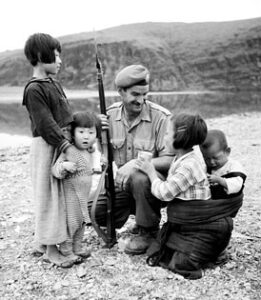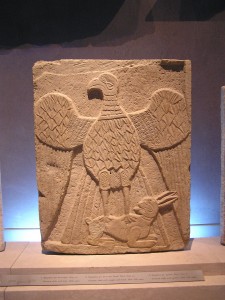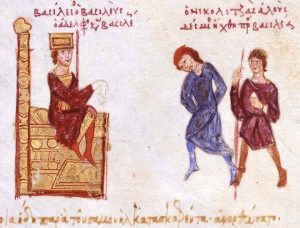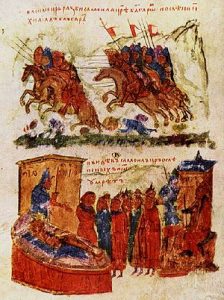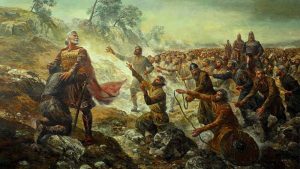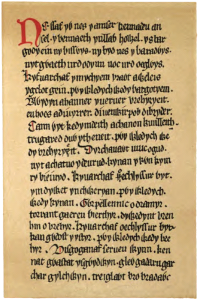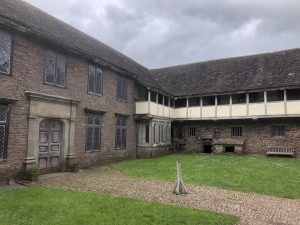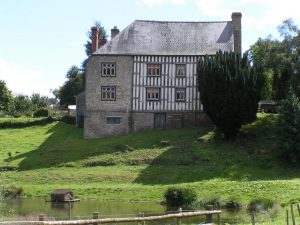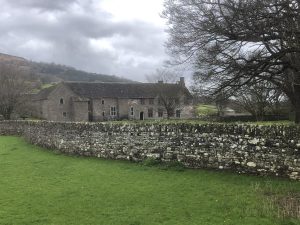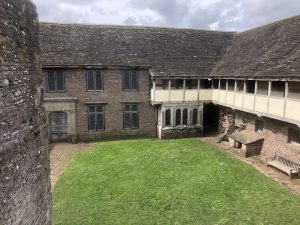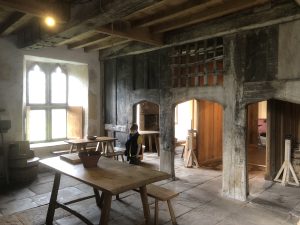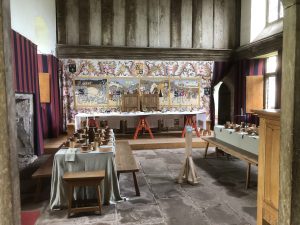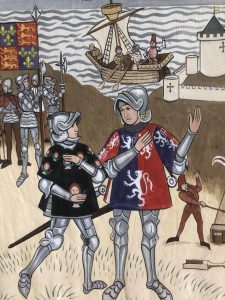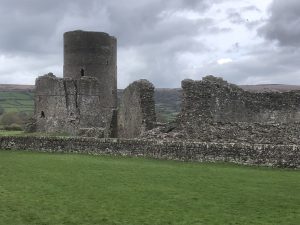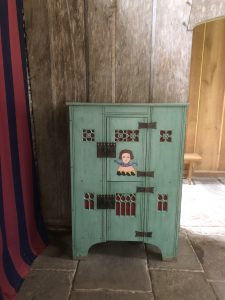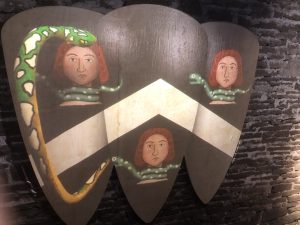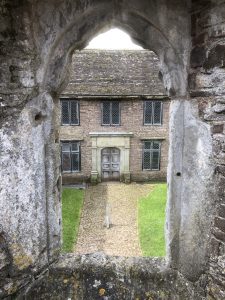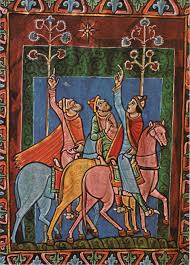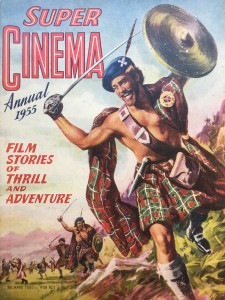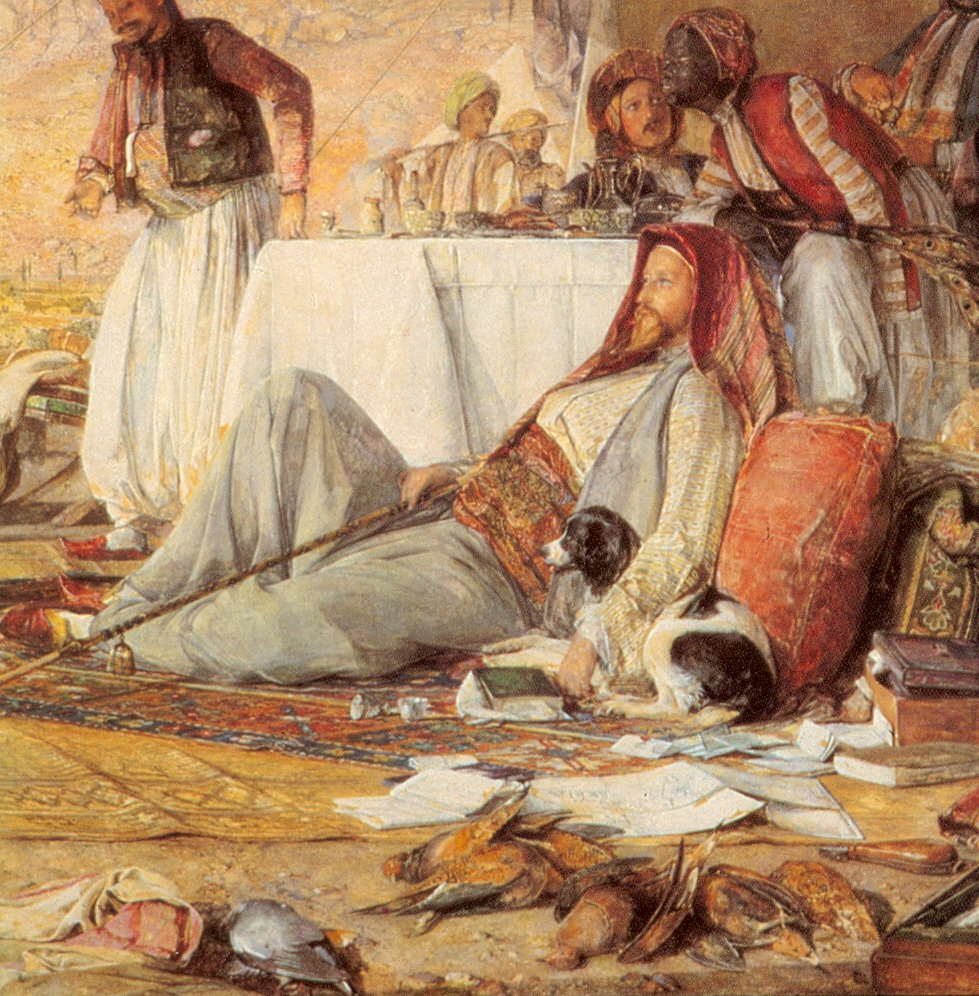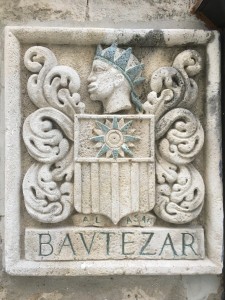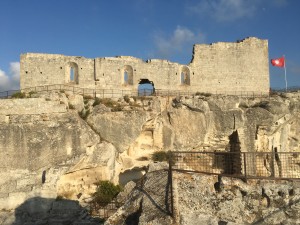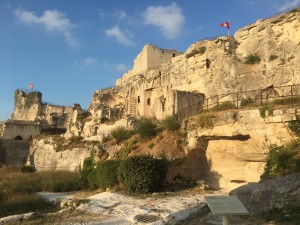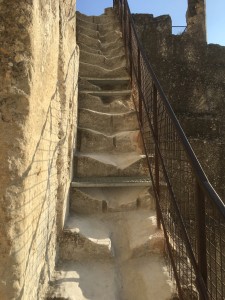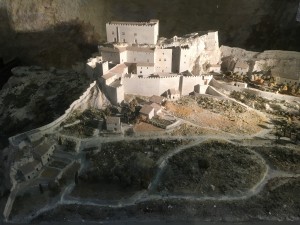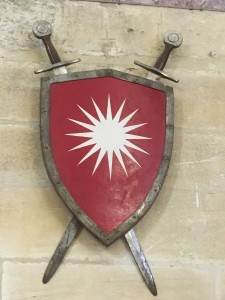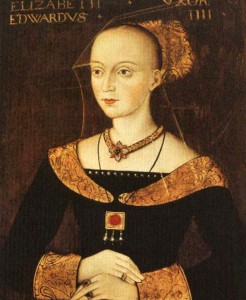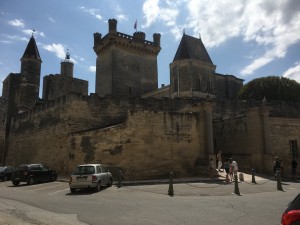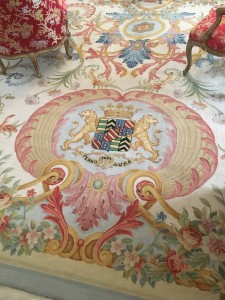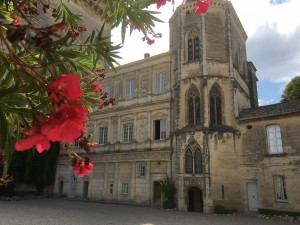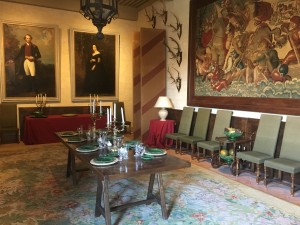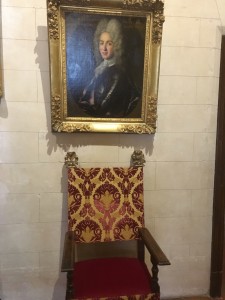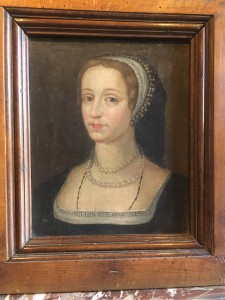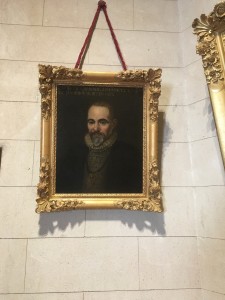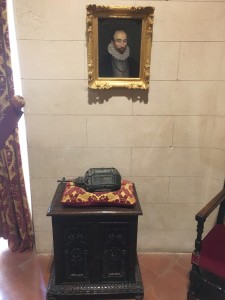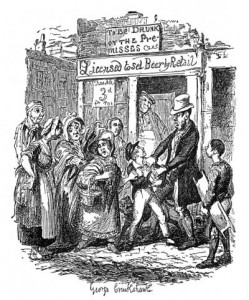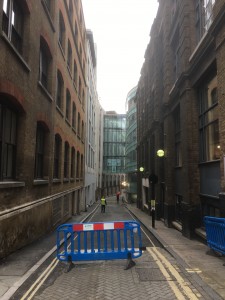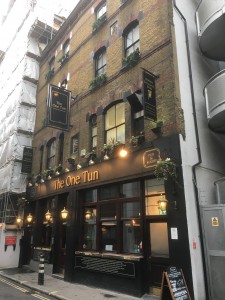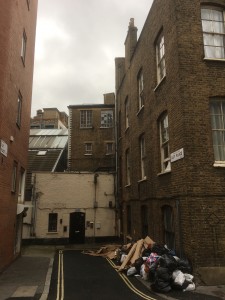The modern tendency is to vilify every aspect of British involvement overseas, as if no British official, merchant or missionary ever did an ounce of good in any foreign land. This perspective is often peddled by those with little or no historical expertise, and credulously received by those with even less. For example, very few young people, in my experience, have the faintest idea why Trafalgar Square is so named, let alone why the battle was such a significant event. How then are they qualified to pre-judge the entirety of British history?
Even fewer people have any knowledge of the major war that was fought in Korea from 1950 to 1953. This, I would argue, was an instance of the British at their very best.
First, it is important to understand that neither the British government, nor most of the soldiers, sailors and airmen involved, had any desire to be there. The unprovoked invasion of South Korea by North Korea, encouraged by the Soviet Union, was a direct challenge to world order. In the absence of the Soviet representative, who was boycotting its proceedings, it was unanimously condemned by the United Nations Security Council, which called upon the world to oppose it by force.
Most nations were in no position to help, though there were some surprising contributions from poorer countries, including Thailand, Turkey and the Philippines. As for the British, they had impoverished and exhausted themselves fighting the Nazis and Imperial Japan and were already locked in a struggle against communism, in Malaya.
Yet in those days we were not a people inclined to shirk our responsibilities. Attlee’s Labour government, supported by M.P.s on the left of his party like Michael Foot, had learnt the lessons of pre-war appeasement. Despite the enormous cost, the British unhesitatingly offered the services of their Strategic Reserve.
This was in the era of compulsory National Service. However, as conscripts under 19 could not be sent to war, it was necessary to recall several thousand reservists to the colours. Those who signed up for service in the Second World War had committed themselves to a further five years in the reserve. In numerous cases, that time had yet to expire. For men who had already ‘done their bit’ and had now settled into civilian life, the arrival of call-up papers came as a very nasty shock. Far from being greedy Imperialists, they were most unwillingly involved in the affairs of a country of which they had barely heard.
Fortunately, the reservists were posted to historic regiments like the Glosters, the Royal Ulster Rifles and the Royal Northumberland Fusiliers, each with a proud tradition and a core of long-service regulars, who passed on a sense of pride to the newcomers. It would soon be proved that, despite their grumbling, the reservists would rise magnificently to the challenge.
Meanwhile, the bulk of the U.N. forces were drawn from the American army of occupation in Japan, under the command of General Douglas MacArthur. Undermined by ‘democratisation’, these soldiers were an indisciplined, often cowardly rabble. With little real work to do in Japan, they were physically unfit, dangerously under-trained, pampered and, above all, poorly led. The North Koreans, on the other hand, and their allies who subsequently poured in from China, were brutal, fanatical, apt to charge in suicidal human waves, and took no prisoners.
Not surprisingly, the Americans had been driven back, in humiliating disorder, to the very south of the peninsula and had dug themselves in along the Naktong river, from which there could be no further retreat.
Major Kenneth Muir
 At this point, before the arrival of the Strategic Reserve, the Americans had begged the British to provide immediate support. Thus it was that the 1st Argyll and Sutherland Highlanders, along with the 1st Middlesex Regiment, had been urgently dispatched to Korea from the garrison at Hong Kong. The ‘bearing and evident discipline’ of the new arrivals, who disembarked at the southern port of Pusan on 28 August 1950, had done wonders for American morale. ‘The sight of the Argylls on the march, each rifle company headed by its piper, never failed to excite comment, as did the way in which even junior N.C.O.s were able to control the fire of their rifle sections, in contrast to the prodigal expenditure of ammunition by their allies.’
At this point, before the arrival of the Strategic Reserve, the Americans had begged the British to provide immediate support. Thus it was that the 1st Argyll and Sutherland Highlanders, along with the 1st Middlesex Regiment, had been urgently dispatched to Korea from the garrison at Hong Kong. The ‘bearing and evident discipline’ of the new arrivals, who disembarked at the southern port of Pusan on 28 August 1950, had done wonders for American morale. ‘The sight of the Argylls on the march, each rifle company headed by its piper, never failed to excite comment, as did the way in which even junior N.C.O.s were able to control the fire of their rifle sections, in contrast to the prodigal expenditure of ammunition by their allies.’
They were, of course, immediately thrown into action on the Naktong Perimeter. In the course of their advance, the Argylls, in a desperate action on ‘Hill 283’, had suffered sixty casualties to American ‘friendly fire’. With wounded comrades still on the hill, the battalion’s fantastically brave second-in-command, Major Kenneth Muir, had invoked the pride of the regiment and had rallied his men for a counter-attack, for which he was to be posthumously awarded the Victoria Cross. ‘Greater love hath no man than this, that a man lay down his life for his friends.’
MacArthur’s ‘decisive counter-stroke’ in October, which had driven the enemy back to the 38th Parallel (the frontier) and far beyond, had provoked the Chinese to enter the war in strength. Demoralised, inept and cowardly, the Americans had again been forced to retreat in great disorder, abandoning most of their equipment along the way. Only the British seemed to keep their nerve and hold their heads high, the Argylls a model of good discipline as they marched south, each company led by its piper.
Lieutenant-Colonel Kingsley Foster
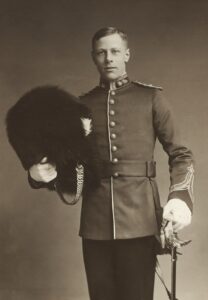 Clearly they impressed the Americans, but how were the British regarded by the Koreans themselves? This was a people who had every right to view foreigners with deep suspicion, having been brutally suppressed by the Japanese for a generation. Their men had been forced into slavery, their women exploited as ‘comfort girls’.
Clearly they impressed the Americans, but how were the British regarded by the Koreans themselves? This was a people who had every right to view foreigners with deep suspicion, having been brutally suppressed by the Japanese for a generation. Their men had been forced into slavery, their women exploited as ‘comfort girls’.
With their country collapsing all around them, the older and less fit members of the Korean National Guard were assigned an ancillary role with the foreign infantry battalions, not to fight, but to lug their heavy equipment and ammunition over hill and valley, usually on their backs. With characteristic resignation, they performed wonderful service without complaint.
The British treated their porters like gentlemen. When first delivered of his batch, Lieutenant-Colonel Kingsley Foster, commanding the 1st Royal Northumberland Fusiliers, addressed them through an interpreter. ‘He told them of the traditions of his regiment, in which his father had served before him, and of the high expectations he had of the porters. They responded warmly, assuring him of their loyalty; before long a delegation approached him, asking him to stand for the presidency of their country, in which case they promised that all his battalion’s porters would vote for him.’
Major Dawney Bancroft
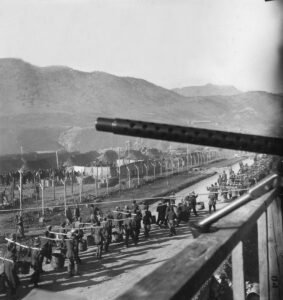 The British not only impressed the South Koreans, whom they had selflessly undertaken to defend, and the Americans, showing them how to conduct themselves in war; they also earned the grudging respect of the enemy.
The British not only impressed the South Koreans, whom they had selflessly undertaken to defend, and the Americans, showing them how to conduct themselves in war; they also earned the grudging respect of the enemy.
At the Battle of the Imjin River, for example, in early April 1951, they fought like lions, despite being vastly outnumbered. Colonel Foster was killed during the withdrawal, having had a premonition of his own death. Most of the ‘Glorious Glosters’ were either killed or captured. But the Brigade’s heroic stand on the Imjin had exhausted the Chinese, who are estimated to have lost 10,000 men, and had prevented them from re-taking Seoul.
The opinions of the average communist soldier are generally unrecorded, but his favourable impression of the British was tellingly revealed in any unlikely setting, the prisoner-of-war camp on Koje-do, an island off Pusan.
Under American administration, this camp was a disgrace, a dumping-ground for all their lowest-calibre personnel. Though under-staffed, it was dangerously overcrowded. The North Korean People’s Army had, in effect, taken control, even infiltrating commissars into the camp. These were men who had allowed themselves to be captured, their task being to dispose of any prisoner who was less than devoted to Kim Il-sung. The most barbarous executions were carried out, usually by hanging the guilty man from the ridge pole of a tent by his testicles, or by placing a water hose in his mouth until he drowned.
Meanwhile, communist flags were freely displayed, and military drills carried out. Incredibly, the Americans even allowed metal-working within the camp, where there was almost unrestricted movement. The workshops were unsupervised and, not surprisingly, turned out a vast supply of lethal weapons. The prisoners also received a generous ration of petrol for their stoves, ideal for the manufacture of Molotov cocktails. The compounds were virtual no-go areas to the guards.
When the American commandant foolishly went in he was, of course, taken hostage. Though an assault force gathered outside, he could only be extricated in return for his written ‘confession’ and various other concessions.
In the aftermath of this victory for the communists, it was decided to bring in troops from other U.N. contingents, Confident of their professionalism, the new American commandant specifically requested a British detachment. Hence the arrival, on 25 May 1952, of ‘B’ Company, The 1st King’s Own Shropshire Light Infantry. It was a fine old regiment, originally skirmishers, whose members were experienced combat soldiers and well trained in riot control.
The officer commanding ‘B’ Company, Major Dawney Bancroft, was horrified by what he found. ‘All U.S. troops,’ he later wrote, ‘were apt to regard the P.O.W.s as cattle, and treated them as such. They were offensive in speech and manner towards the prisoners, and handled them, including cripples who had been badly wounded, extremely roughly. When witnessing this tendency, I asked both officers and men if they expected similar treatment to be meted out to their P.O.W.s in North Korea. Their reply was invariably: “Well, these people are savages”; and on one occasion: “Congress has never ratified the Geneva Convention anyway”.’
Bancroft’s own approach was as humane as it was effective. Assigned to Compound 66, a nest of hard-liners, he had no intention of trying to control it from outside. Each morning, his men would march into the enclosure in ‘quick time’, all faultlessly turned out, and raise the Union Jack. This would be lowered again in the evening, a bugler sounding the calls. The prisoners were agog, watching these ceremonies from the lines, and warmly applauding them after the first day.
Soon afterwards, Bancroft ordered a search of the buildings, uncovering sufficient weapons and equipment to support a mass escape, and much evidence of tunnelling. He then learnt from two terrified prisoners that their senior officer, who had lost face as a result of the search, had ordered that any future incursions into the compound should be resisted to the point of death. The Shropshires went in regardless, and carried out a complete search of the compound.
While this was going on, a sick N.K.P.A. officer was marched out of the gate to an American Army ambulance, in which he was to be evacuated. The Korean driver peremptorily tore off his hat and insignia, in contravention of the Geneva Convention, before pitching him into the vehicle. In full view of the prisoners, Bancroft immediately ordered the driver to pick up the man’s hat and rank badges and restore them to him. A message was thrown over the fence that evening. In future the inmates ‘would comply with the orders of the English gentlemen’.
The whole camp was now seething with discontent, and on 10 June a pitched battle was fought with the Americans. The hard-liners mercilessly speared any dissidents who sought to escape. But Bancroft was not about to loosen his grip. To contain Compound 66, he arranged the election of prisoners’ leaders by secret ballot. They would be answerable for any future misbehaviour. Having them stand in a corner for twelve hours, without food or water, would cause them almost unbearable loss of face. In response to the raising of communist flags, he ordered his men to throw in tear-gas grenades, which soon solved that problem.
Now in command of a larger area, Enclosure 3, Bancroft provided his charges with recreational facilities and a delivery of mail, the first in months. They were told that ‘henceforth they were expected to observe the same disciplinary standards as the Shropshires. This produced remarkable results as the prisoners felt that if they fell short of British army standards they would lose face; within days all British officers were being saluted when inside the compounds and prisoners stood to attention when addressed by even a junior British N.C.O. Senior N.C.O.s as well as officers were addressed as “sir”. A large audience turned out every day to watch and applaud the colours ceremony, and every single person stood to attention in the compound when Bancroft entered. There was a notable atmosphere of good humour in Enclosure 3; very soon, a sergeant was left in charge for much of the time, enjoying the full co-operation of the inmates. Within a few days, all the Shropshires were moving freely and unarmed among the prisoners.’
Such was the mood that, on 6 July, the British and the North Koreans competed with each other in a ‘Sports Day’. The prisoners loudly cheered as Bancroft took his place, and relished the new games that they had been taught by the British, especially ‘tug-of-war’. An American engineer, asked for the loan of a bulldozer with which to build a soccer pitch, demurred. ‘Hell, Major, Rome wasn’t built in a day.’ ‘Well, it bloody well would have been if I’d been there,’ replied Bancroft, who got his machinery, and the enthusiastic support of the American sappers.
Bancroft was a short, tidy man with a neat moustache and a limp, acquired in the war, that was affectionately imitated by the prisoners. When it was announced that the Shropshires were leaving, a deputation of senior officers appealed for them to stay. They were ‘prepared to behave for the British troops, who treated them as humans in accordance with the Geneva Convention, but would not guarantee their conduct for anyone else’.
Readers may wonder whether the modern-day hegemony of the Americans and Chinese is to be preferred to that of the British, exemplified by men like Muir, Foster and Bancroft. Now we are abused by the whole world and our assets are for sale to the highest bidder, even if the citizen of a hostile power. The Korean War held back the advance of communism (a good thing, unless one’s idea of heaven on earth is the Orwellian regime of the Kim family), and was a triumph for South Korea, now a strong, prosperous and liberated country; but it was a disaster for us. Not only were we firmly subordinated to the Americans, but the costs of our involvement, so soon after the Second World War, were positively ruinous. ‘Within a year of the outbreak of the Korean War Britain’s modest surplus of £307 million in 1950 had plunged to a deficit of £369 million and thereafter continued downwards.’ The dream of post-war recovery ‘evaporated in the light of harsh economic reality and the Conservatives who came to power in 1951 found they could do little to arrest the descent into a permanent state of debt’. What reparations will the world offer us for our sacrifice?
[Rupert Willoughby has researched the Korean War for his latest book, Mountain Gunner: The Wartime Adventures of Tony Fowle, Royal Artillery, 1939 – 1952. Quotations are from Michael Hickey, The Korean War: The West Confronts Communism, 1950 – 1953 (London, 1999), pp.171 (Foster), 353-7 (Bancroft) and 358-9 (the economic deficit); and from Max Hastings, The Korean War (London, 1987), p.385 (Bancroft’s report on conditions in the camp).]
